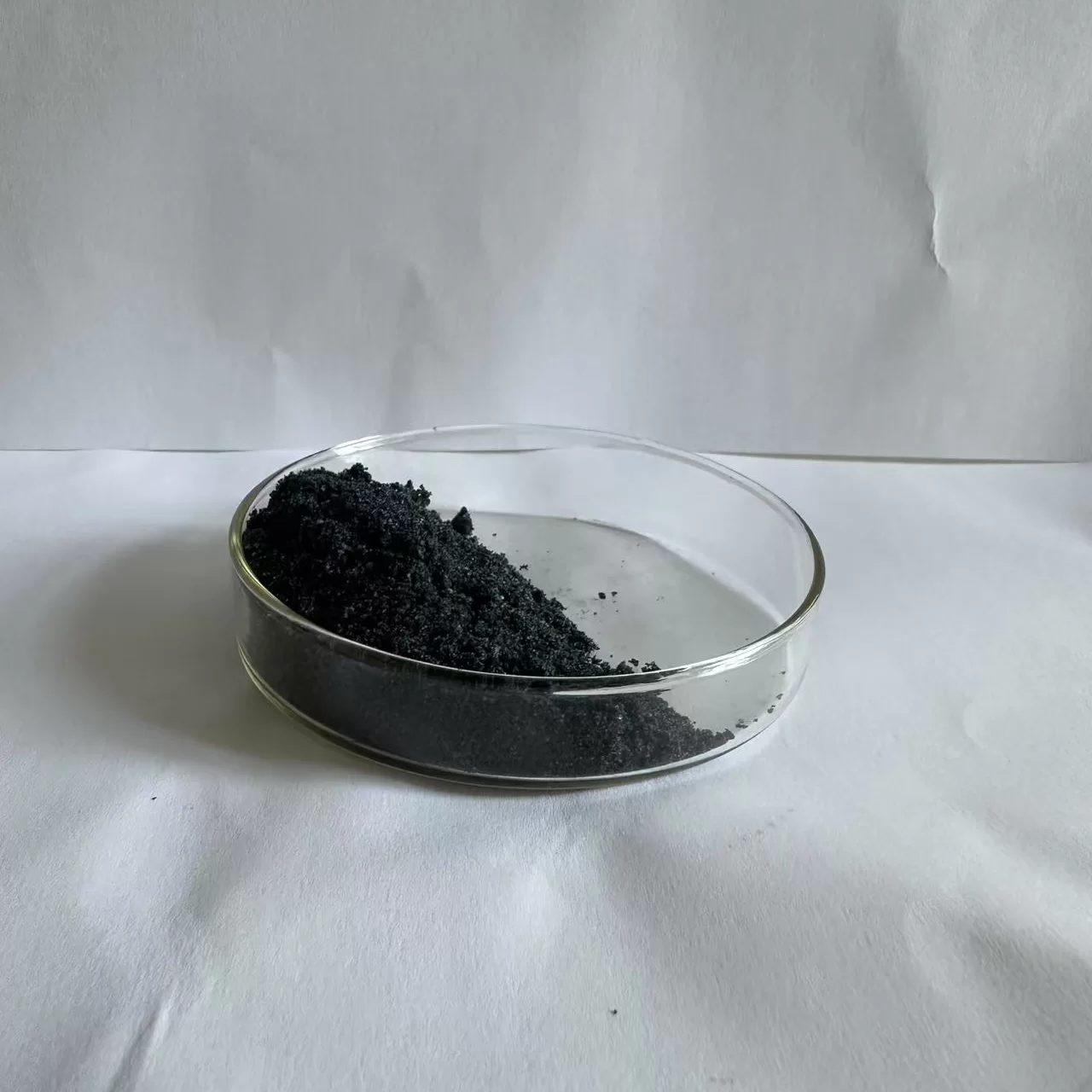The Quiet Workhorse in Denim: Solid Reducing Agent for Smarter Dye Rooms
If you spend time in dye houses (I do, occasionally with a coffee in one hand and an ORP probe in the other), you know the real battles are fought against air and time. In indigo and sulfur lines, oxygen is the saboteur. That’s where a good Solid Reducing Agent becomes the unsung hero—especially this Solid Anti-oxygen Agent engineered in Han Village, Zhao County, Shijiazhuang, Hebei. It’s built for denim, yarn dyeing, and, interestingly, paper and industrial black coloration. People on the floor like it because it’s predictable. Managers like it because it’s cleaner than old-school hydrosulfite routines.

What’s happening in the market
Two trends are converging: first, brands are asking for ZDHC-aligned auxiliaries with lower sulfite carryover; second, mills want stable shade build without baby-sitting the pad box. This Solid Reducing Agent aims to replace or reduce sodium dithionite dosage in denim and sulfur recipes while keeping vats in the sweet spot.
Typical specifications (real-world use may vary)
| Parameter | Typical Value | Notes |
|---|---|---|
| Form / Appearance | Free-flowing powder, off-white≈light yellow | Low dusting |
| Active content | ≈ 80–90% | Batch-to-batch controlled |
| pH (1% sol.) | 6.5–7.5 | Neutral handling profile |
| Solubility | High in cold water | No filmed residues |
| Recommended dosage | 0.5–1.5 g/L (pad); 1–3 g/L (rope) | Titrate by ORP/shade |
| ORP impact | ≈ −150 to −250 mV drop | vs. bath baseline |
| Thermal stability | To 80 °C | Short exposures higher ok |
| Shelf life | 12 months | Dry storage, sealed |
| Packaging | 25 kg bags | Customizable |
Process flow (denim and sulfur dyeing)
-
– Materials: indigo/sulfur dyes, caustic, wetting agent, the Solid Reducing Agent, anti-bacterial for tanks (if needed).
– Method: pad or rope dyeing; pre-scour → vat reduction → dyeing cycles → oxidation → soaping → neutralization → rinse.
– Control: monitor ORP (e.g., −650 to −750 mV target window for indigo vats), pH 11–12 for indigo, liquor ratio as per machine.
– Testing standards: ISO 105-C06 (washing), ISO 105-X12 (rubbing), AATCC 61, shade K/S and ΔE on spectro.
– Service life (bath): maintain reducing power with small top-ups; verify by ORP every 30–60 minutes.
In my notes from a Shandong mill trial, the vat needed fewer firefight additions. Operators said, “it’s boring now,” which is secretly what you want.

Where it’s used
– Denim rope and slasher lines, sulfur black garments, yarn dyeing for deep shades, paper dyeing (black/blue hues), and other industrial black coloration where stable reduction helps build depth.
Why mills pick it
– Steadier vats, fewer shade swings; potential COD and sulfite reduction vs. hydrosulfite-heavy recipes; low foaming; ZDHC/MRSL-conscious sourcing. To be honest, many customers say the main win is consistency shift-to-shift.
Vendor comparison (indicative)
| Vendor | Origin | ZDHC/MRSL | Price Index | Lead Time | Customization |
|---|---|---|---|---|---|
| Hebei Manufacturer (this product) | China | Declaration + test files | $ | ≈ 7–15 days | Particle size, activity |
| EU Distributor A | EU | Certified batch reports | $$$ | Stock/fast | Limited |
| Generic B (APAC) | APAC | Varies | $$ | ≈ 10–20 days | On request |
Field data and feedback
-
– Bangladesh denim mill: replaced 30–50% hydrosulfite with the Solid Reducing Agent; shade ΔE stabilized within 0.6 across shifts; COD load down ≈18–25%; AATCC 61 washing fastness 4–5.
– Eastern China paper line: deeper black (K/S +6%), fewer “bronzing” complaints; effluent sulfite residuals reduced versus baseline.
Quality, compliance, and documentation
Supplied with COA, SDS, and third-party testing on request. Typical alignment: ZDHC MRSL guidance, REACH awareness, and support for OEKO-TEX Eco Passport submissions. Verification is project-specific, of course.
Practical tips
Dissolve in process water first; add gradually while watching ORP. For indigo, don’t chase numbers—watch foam, vat clarity, and pickup. And store it dry; the active loves to grab moisture.
Citations
- ZDHC Manufacturing Restricted Substances List (MRSL) v2.0, roadmaptozero.com
- ISO 105 series: Textiles—Tests for colour fastness, iso.org
- AATCC 61: Colorfastness to Washing, aatcc.org
- OEKO-TEX Eco Passport, oeko-tex.com
- ECHA REACH SVHC guidance, echa.europa.eu
Our team comprises seasoned manufacturing experts and international business professionals.dye auxiliaries Core team members possess 15-20 years of industry experience,textile auxiliary manufacturer with deep understanding of every production detail and sharp market insights.textile auxiliary agent Our professional teams include:R&D Team: Continuous innovation, leading industry development Production Management Team: Pursuing excellence,auxiliaries chemicals ensuring stable quality Quality Control Team: Strict supervision with zero-tolerance attitude International Business Team: Professional service with seamless communication.textile auxiliaries chemicals